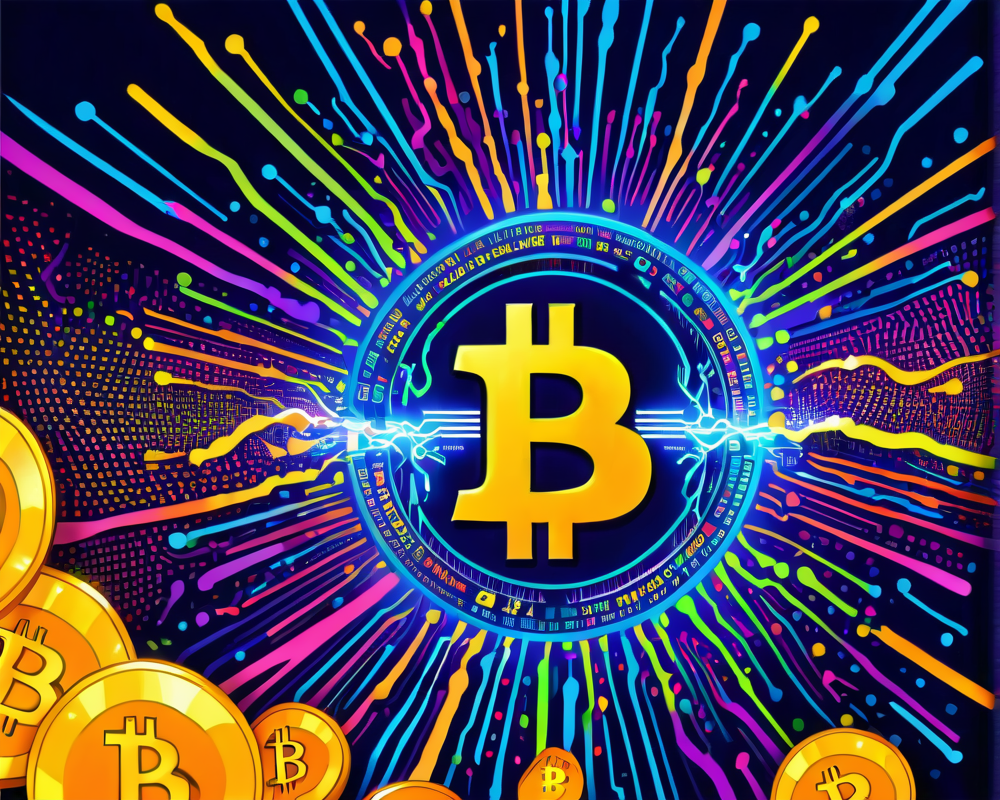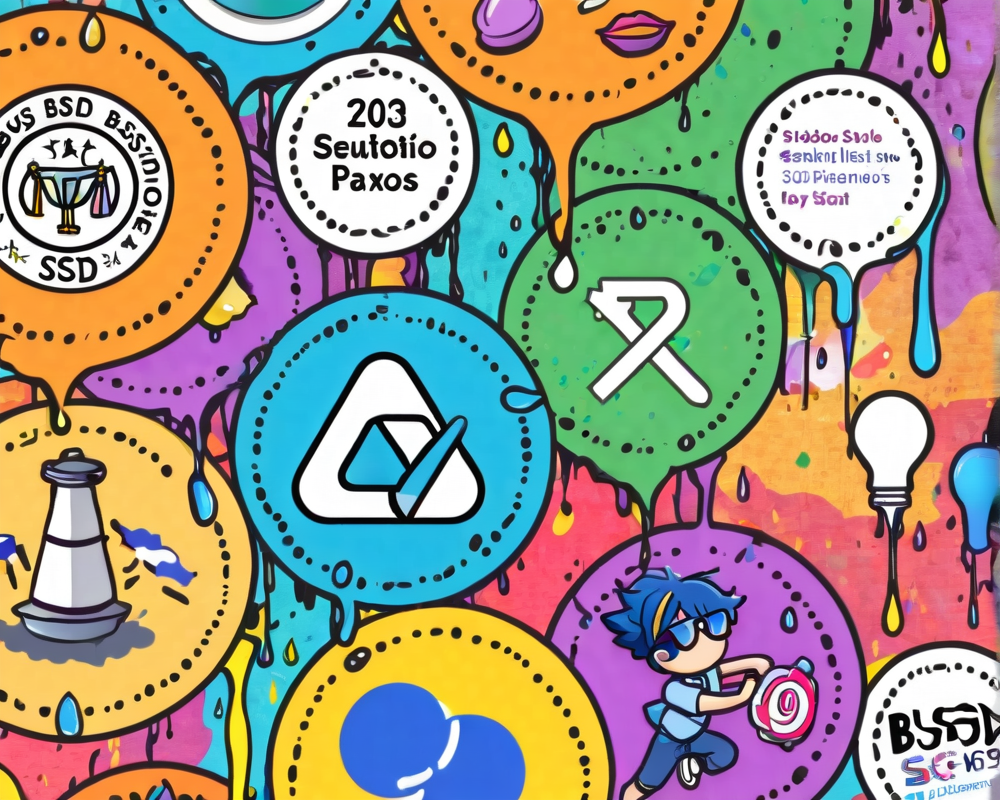The LinkedIn Landscape: A Playground for Scammers
LinkedIn, the platform where pros connect, can sometimes resemble the Wild West—especially for the cryptocurrency sector. Just ask Binance CEO Changpeng Zhao, who recently revealed that out of 7,000 profiles touting themselves as Binance employees, a mere 50 were genuine. This is not just an eye-opener; it’s more like a smack-to-the-face wake-up call for anyone in the crypto space.
Why LinkedIn’s Verification System is Missing
CZ hardly threw shade on LinkedIn; rather, he highlighted a dire need. Picture a world where LinkedIn validates profiles to ward off impostors. As he lamented, potential scam scenarios, where novice investors get reeled in by savvy scammers claiming responsibility for token listings, make it essential to have a real-ID system. Seems like filtering through a sea of dubious profiles could be a tad easier, right?
The Classic Scam Scheme
The typical scam often kicks off with an unsolicited message from someone who claims to be an executive at a well-known crypto exchange. Their profile? Inspired by Adobe Photoshop. Vetted connections and industry jargon galore, mingled with a distilled sense of urgency embedded in cryptic messages. They lure you into a world where you think you could be the next big thing in crypto.
How Scammers Operate
- First Contact: The scam begins with a friendly invitation. Who doesn’t like adding a “CEO” to their network?
- The Proposal: The scammer floats a proposal promising a token listing that could catapult your project into fame.
- The Deposit: Then comes a follow-up message requesting a security deposit—because what’s a deal without a little skin in the game?
However, once the unsuspecting fundraiser bolts the funds over, it’s radio silence. All contact ceases, and the scammer vanishes like a fart in the wind.
Recognizing the Red Flags
So how can one avoid these crypto traps? Here’s a hit list of cautionary signs:
- Overly professional profiles that seem too good to be true.
- Requests for initial deposits before listing—a major no-no in legitimate scenarios!
- Profiles with little to no interaction on the platform.
Know Your Exchange Procedure
When it comes to legitimate exchanges, there’s no such thing as an upfront fee for listing. Authentic exchanges perform due diligence; they kick the tires on everything, from legal frameworks to project utility, and might even schedule face-to-face chats with project developers to hash out further steps.
Final Thoughts
In an industry that prides itself on transparency, the rampant deception on LinkedIn should be a wake-up call. Scammers are sharp and evolve with each passing day, and unfortunately, innocent investors often bear the brunt of this mess. Navigating LinkedIn safely demands vigilance and maybe a dash of skepticism, which, let’s be honest, we could all use a bit more of.




